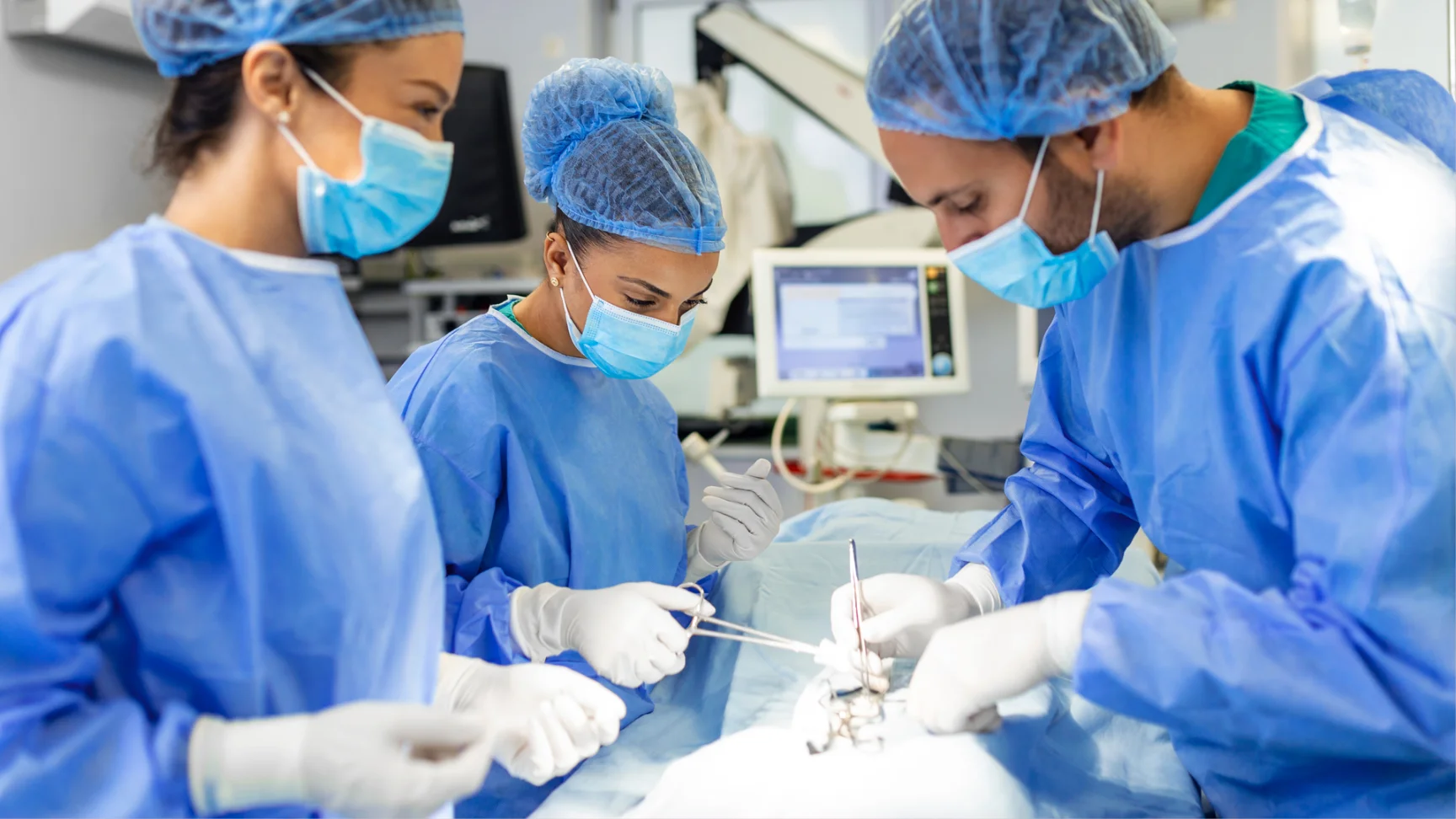Hysteroscopy

Hysteroscopy is a minimally invasive procedure used to examine the inside of the uterus. It involves the insertion of a thin, lighted instrument called a hysteroscope through the vagina and cervix into the uterine cavity. This allows direct visualization of the uterine lining and is commonly used for both diagnostic and therapeutic purposes.
Diagnostic hysteroscopy helps in identifying the cause of abnormal uterine bleeding, recurrent miscarriages, or infertility. It is often used to detect structural abnormalities such as polyps, fibroids, uterine septum, adhesions, or signs of infection. When combined with other procedures, it can also assist in evaluating the uterine cavity before assisted reproductive treatments.
Operative hysteroscopy is used to treat conditions detected during the diagnostic phase. It enables the removal of polyps or small fibroids, cutting of adhesions (Asherman’s syndrome), correction of uterine septa, and retrieval of misplaced intrauterine devices. The procedure is usually performed on an outpatient basis and does not require any cuts on the abdomen.
Recovery after hysteroscopy is generally quick, with most women able to resume normal activities within a day or two. Mild cramping or spotting is common for a short period. While the procedure is considered safe, risks such as infection, uterine perforation, or fluid overload are rare but possible. Proper pre-procedure evaluation and post-procedure care are important to ensure a smooth recovery and effective results.
